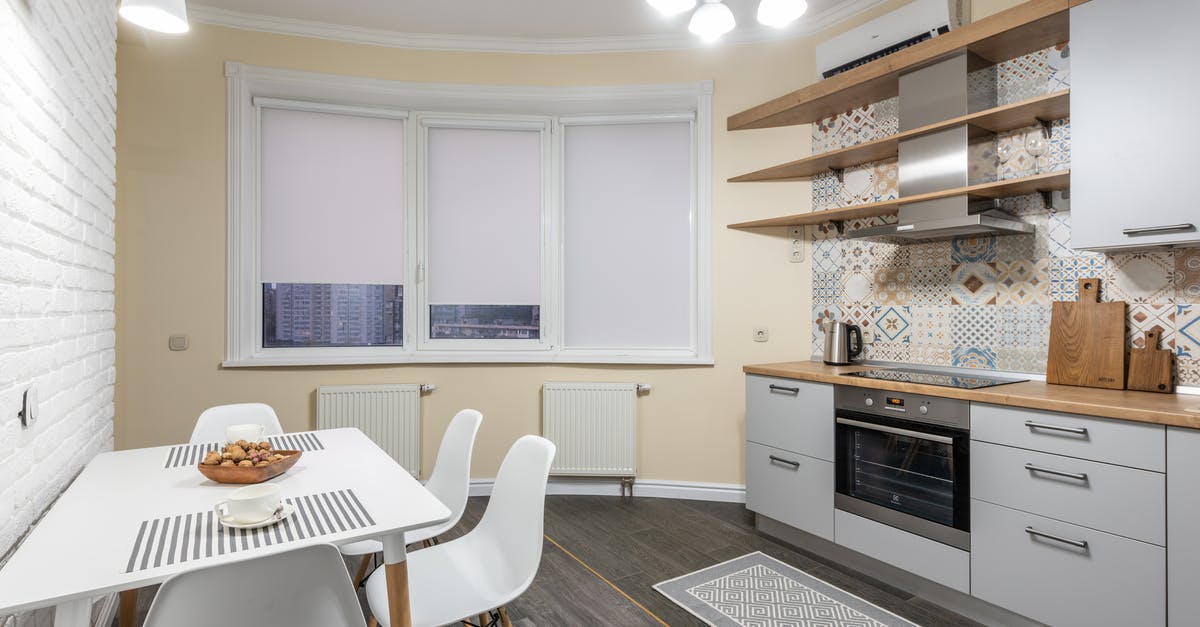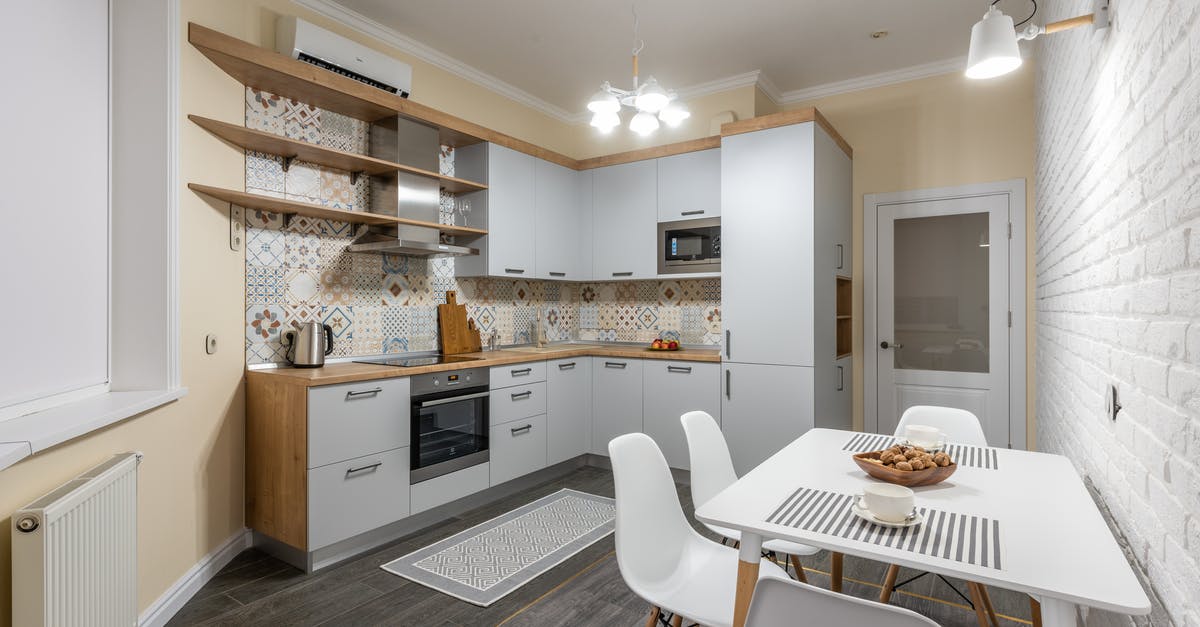Do all modern electric stoves have "binary" heating elements?

I've noticed that the burners of some or all of the newish-style electric stoves which have a flat top have a peculiar property. They do not seem to be capable of running at a constant low temperature, instead periodically coming on high for brief-to-longer periods of time. These stoves were not, as I understand it, discount priced. They are not induction stoves, but seem to have an element embedded in the material which forms that part of the stove top.
Is this an across-the-board trend in new stoves? Is it difficult to find electric stoves which work the "old way", supplying a constant temperature? Is there an advantage to the way these newer stoves work? It would seem to be difficult or impossible to cook a range of dishes on such appliances.
Best Answer
The burners on essentially all electric stoves are binary in that they are either fully on, or fully off. It would be more expensive and less energy efficient to use electronics that continuously vary the current flow through an electric element, and this would make no significant difference in temperature behavior at the cooking surface. Instead, electric stoves use a bimetallic switch which is a relatively simple way to have an on-off pattern with variable on/off times. To create constant heat, all electric stoves use materials that are bad conductors of heat between the electric element and the cookware surface to buffer the huge temperature swings at the element and produce very steady heat at the cooking surface.
The difference you are seeing between electric coil heating elements and glass-ceramic cooktops is that in the electric coils there is an inner heating element, then a thick ceramic layer, followed by an outer layer of metal. The element itself is heated in a binary manner, but all you can observe is the heat after the buffering of the ceramic layer has made up for the large fluctuations at the element (i.e. the outer metal glowing fairly constantly once it's heated). In a glass-ceramic cooktop, since the buffer layer (the glass-ceramic surface) is translucent, you are seeing the actual element glow (often this is an infrared lamp instead of a resistive wire) so you are viewing the non-buffered heating pattern. If you had a clear coil, you'd see the same heating on/off patterns in a coil stove as you do in glass-ceramic.
Consequently, if you measure the surface temperature of a glass ceramic cooktop, you should see a fairly constant temperature.
Pictures about "Do all modern electric stoves have "binary" heating elements?"



Do electric stoves have heating elements?
An oven heating element is an essential, simple part that is easy to replace in most electric ovens and ranges. These are the parts responsible for creating the heat necessary for baking and broiling\u2014they do their job simply by heating up as electric current passes through them.What type of cooktop features expandable heating elements?
A range bridge element is a smooth cooktop design feature that expands use by providing the option to join two burners to make one long cooking surface.Are all stove elements the same?
Typically, an oven heating element comes in two types. You have a baking element and a broiler element. You will begin to notice that your baking element will likely need replacement faster than your broiler element.Are modern electric stoves better?
Electric stovetops, however, are more energy-efficient. Though a study published in the American Council for an Energy-Efficient Economy's Summer Study on Energy Efficiency in Buildings found induction cooktops to be an even better option, with up to 90 percent of the energy transferred to food.)Turboden Geothermal - EVENTS
More answers regarding do all modern electric stoves have "binary" heating elements?
Answer 2
The "old school" type of cast iron hobplate, and also the type of glass ceramic hob directly derived from that design, controls power output, NOT temperature, although the more powerful types have a bimetallic switch to stop them from self-destructive OVERheating (somewhere above 300°C IIRC, this won't keep you from starting a grease fire and is likely not meant to). Such control is by employing more than one actual heating element inside the plate, and enabling only a select set of heating elements for a given setting, also taking advantage of series circuits to arrive at lower wattages. This is not stepless, usually such stoves will have 3 or 6 steps available (see http://www.herd.josefscholz.de/7Takt/4_und_7_Takt.html for all the electrical details - German language but comprehensive schematics).
So if you are looking for a "non-binary" stove, look for models (often inexpensive) that have fixed steps in their heat settings.
Actual Rheostats will never be used since they would themselves generate SIGNIFICANT waste heat when operating; the best thing to use for stepless power output control would be a TRIAC circuit similar to a light dimmer - such might be infrequently found because it is difficult/expensive to build (for a power handling approaching 2 kilowatts compared to a few ten to hundred watts in lighting!) at that power level without creating a lot of radio interference and power quality issues (light dimmers are notorious for that already).
The disadvantage of the old cast iron type is that it is very slow to react to control inputs, the advantage is that thin walled cookware can be used (allowing for very QUICK temperature control by taking it on and off the hob, or even using another, cold hobplate as a heat sink!) since the hobplate itself is a big thermal buffer and power output is indeed constant.
Answer 3
With reference to the first statement that electric heating elements used to hold a constant temperature compared to today's, clearly visible, on, off cycle of heat. Older manfgr's use to make controls with rheostats that allowed the user to adjust the flow of electricity thereby controlling the amount of electricity used to generate heat in the element. Compared to today's (cheap) method of cutting out the rheostat and through historical experimentation, the control uses "timed" on, off to generate different temperatures. It is possible to make an electrical element that uses simple on, off at the control knob and still maintain constant temperature in the element, but manfgr's seem to not have engineers smart enough to make them.
Sources: Stack Exchange - This article follows the attribution requirements of Stack Exchange and is licensed under CC BY-SA 3.0.
Images: Max Vakhtbovych, Max Vakhtbovych, Max Vakhtbovych, Max Vakhtbovych
